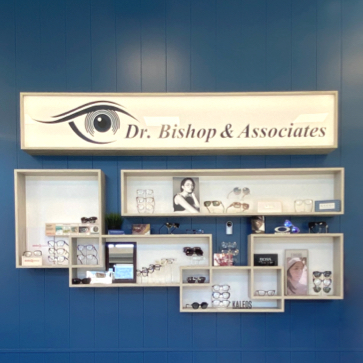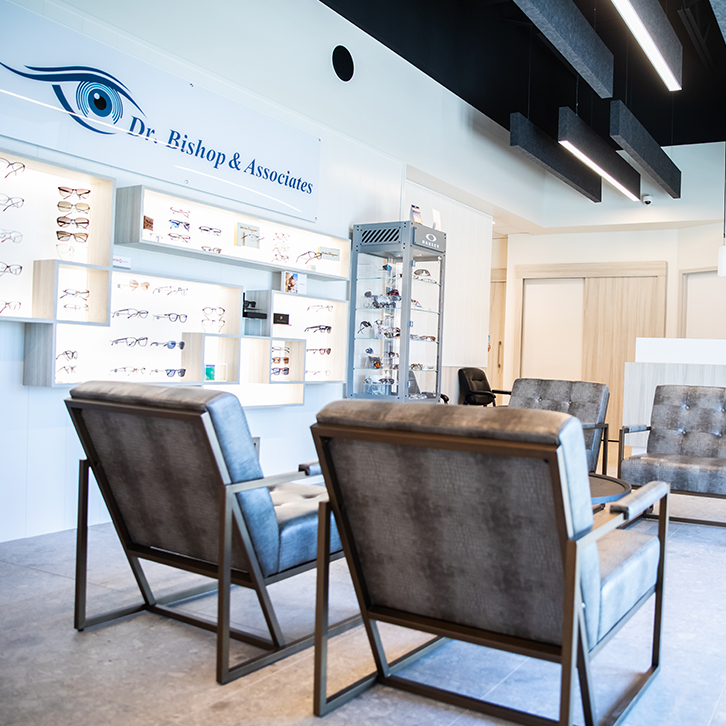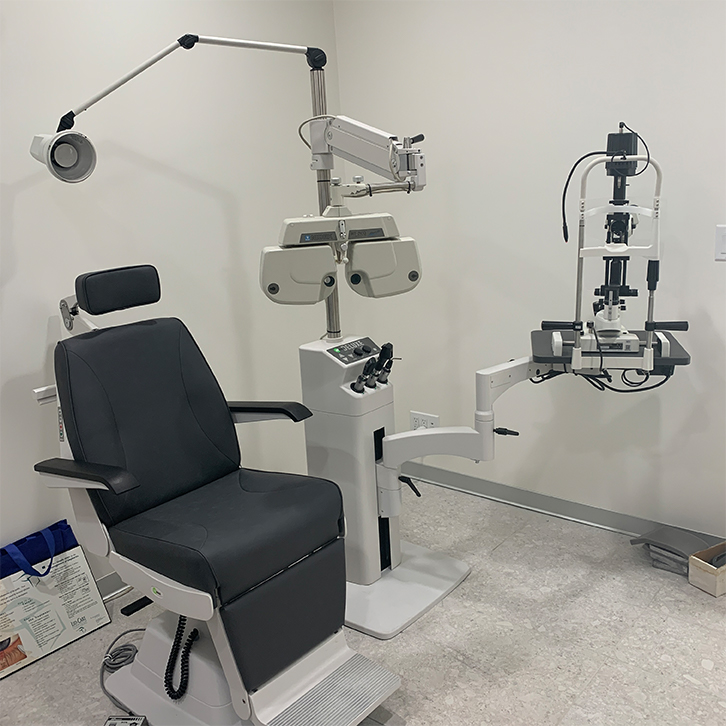When Should Your Child Have Their First Exam? The Answer May Surprise You
Your little bundle of joy has entered the world, and as you look at them, you can’t help but think about how absolutely perfect they are.
Soon, you’ll be following up with doctors, assessing their growth, getting their first shots, and checking off all of the health needs of your new baby.
But don’t forget—their time for eye examinations is right around the corner!
When your baby reaches 26 weeks (6 months), it’s time to see your eye doctor.
Their eyes are growing quickly, and although they can’t read the eye chart, your optometrist will check many aspects of their development and eye health.

Reasons to Have Their Eyes Checked
By 6 months, your children’s eyes will have changed drastically from their first day in the world: Their vision develops to expand their visual horizon and develop colour vision, clearer sight, eye muscle control, and eye-hand coordination skills.
Your child’s optometrist will check for eye health issues that could affect them in the long term, including signs of:
- Amblyopia, also known as “lazy eye,” is characterized by one eye wandering.
- Strabismus, also known as “crossed eyes,” looks like one eye is turning up, down, out, or in.
- Eye diseases—although rare, babies can be born with congenital cataracts or glaucoma.
- Vision problems can be checked with a vision screen to assess how well they are seeing.
If your little one’s optometrist notices any eye problems, early detection can be the key to successfully correcting them.
Young children who develop an eye condition can benefit from treatments recommended by their optometrist:
- Eye patching can help resolve wandering eyes or poor muscle control associated with amblyopia or strabismus.
- Glasses and contact lenses can slow abnormal growth of the eyes (a method of myopia control) and provide clear vision.
- Vision therapies can help strengthen the connection between their eyes and their brain.
From their early development to preschool vision and throughout their growing years, children use their eyes for 80% of their learning.
In their youngest years, they take in the world around them, learn who their closest family and friends are, and build hand-eye coordination to help grab objects and feed themselves. They use their eyes to learn spatial awareness, move around the room on their hands and knees, and—eventually—on their feet.
In their first 6 months, children should be developing these key visual milestones:
- Birth to 1 month: Blink in response to lights or eye touching, stare at an object 8–10 inches away, make eye contact with faces or lights and follow them as they move.
- 1 month: Look at high contrast faces and pictures, follow objects up to 90 degrees, watch parents attentively, tears are beginning to work.
- 2–3 months: Seeing objects as 1 image, looking at hands, following light, faces, and objects.
- 4–5 months: Starting to reach for objects, staring at blocks or toys, recognizing the bottle, looking at self in mirrors, looking at their own hands.
As your child grows, their eye doctor will monitor the health of their eyes for any abnormal growth, refractive errors like myopia (nearsightedness) and astigmatism, and more. Your optometrist may recommend contact lenses or glasses to correct vision problems and help your child achieve more precise vision.
Sometimes, visual impairments in children that go undetected can result in developmental delays that follow them into adulthood. 88% of Canadian adults who experience vision problems have said their education experiences were impacted negatively by their sight, resulting in struggles with further education, career choices, and employment.
Often, children won’t be able to tell us they are experiencing eye problems. That’s why their eyes must be checked by an eye doctor—first at 6 months, and every year after that.

We’re excited to meet your little ones and help them maintain healthy, happy vision for years to come. Alberta Health Services covers children’s eye exams yearly until they turn 19. If your child requires corrective lenses or therapies, programs are available to help offset the costs. Talk to your optometrist about your options.
Add an optometrist and routine comprehensive eye exams to your child’s healthcare team, and ensure they are achieving their best possible vision.



















